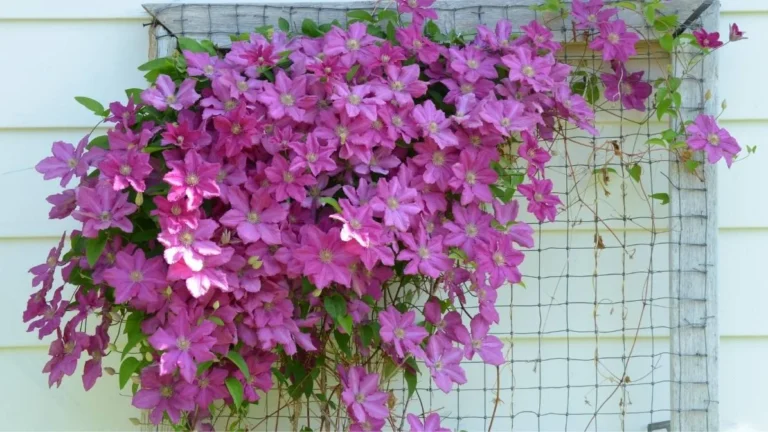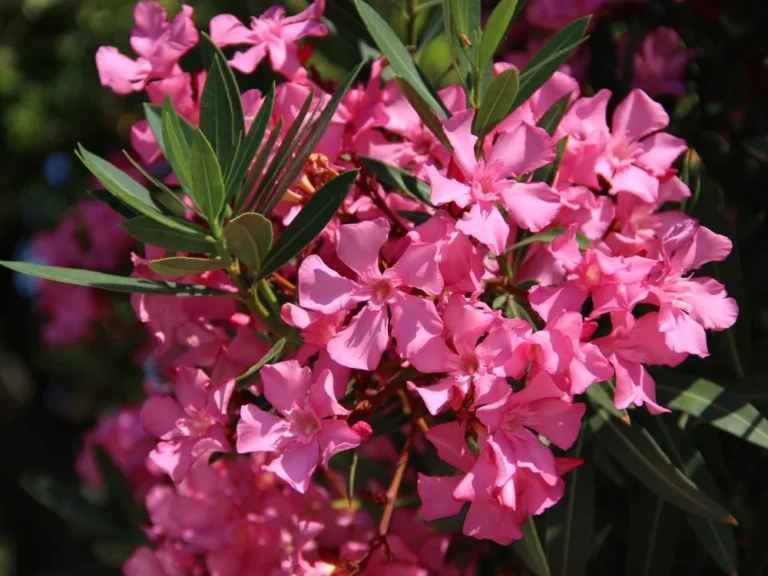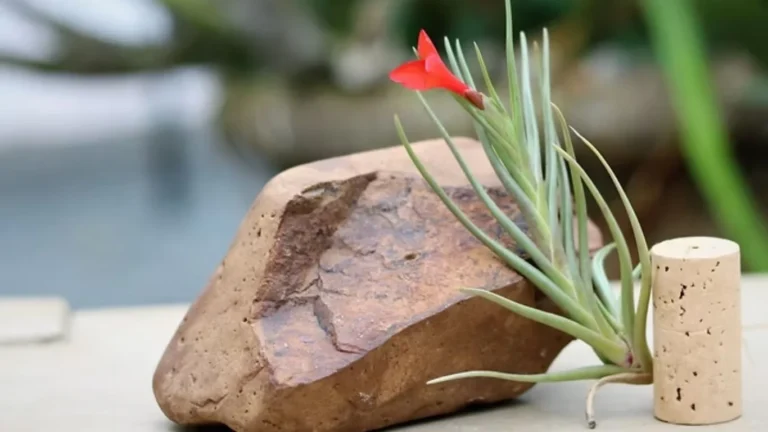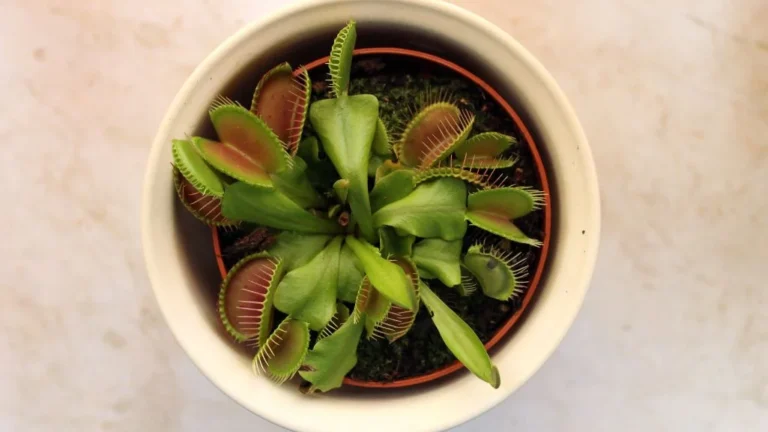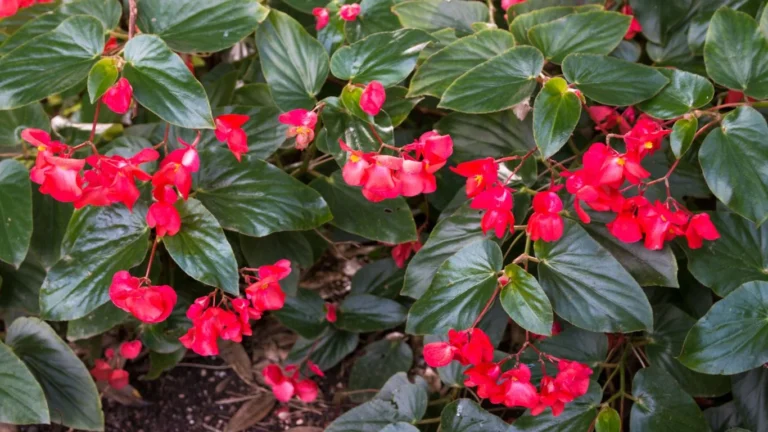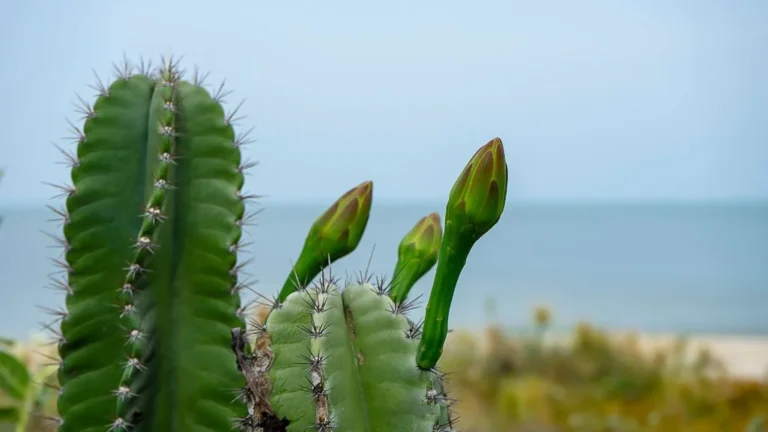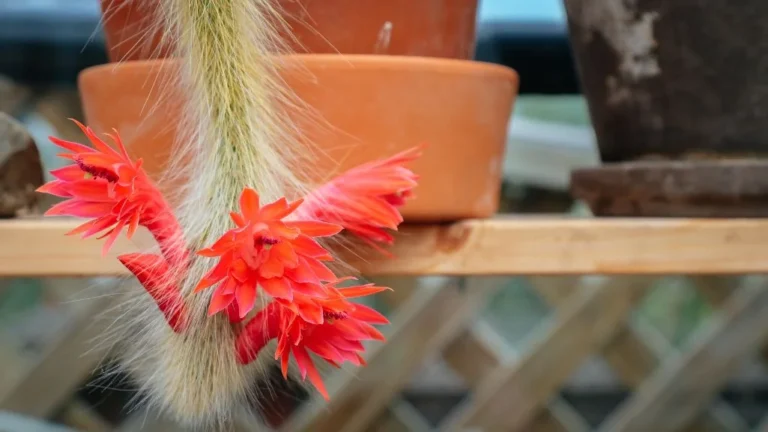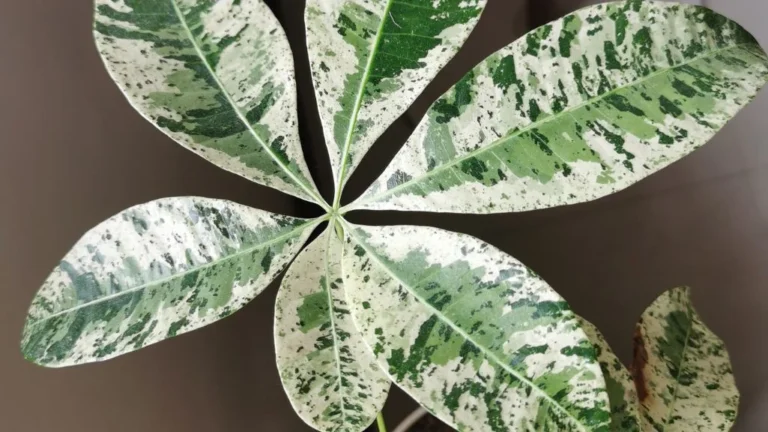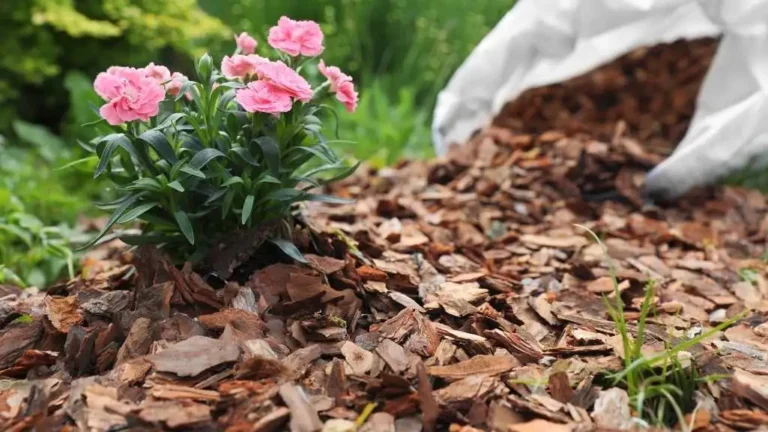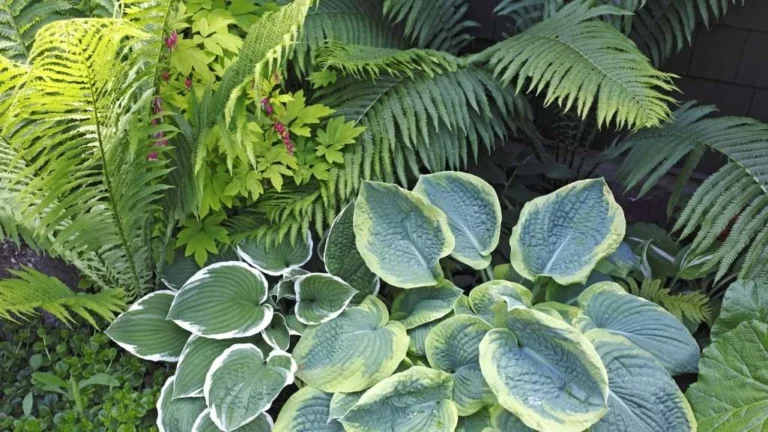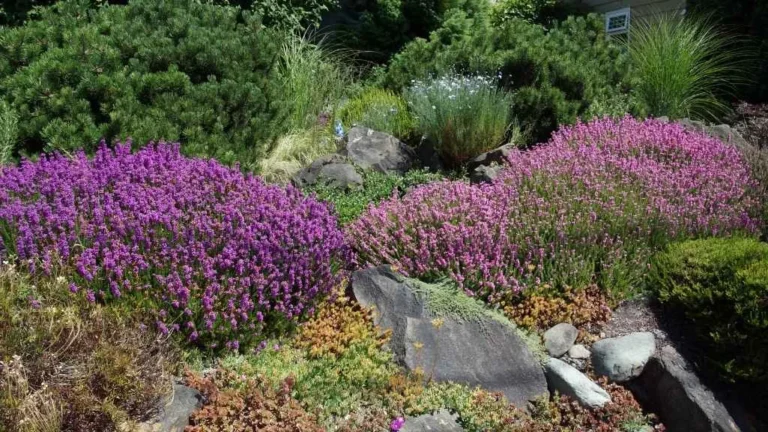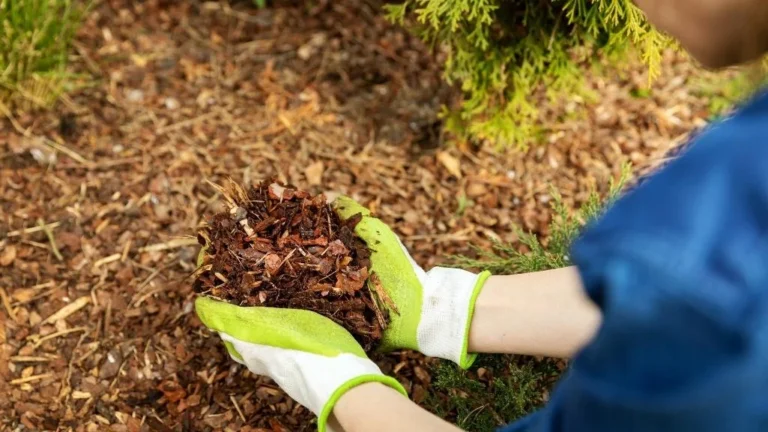Have you ever wondered why your Venus flytrap suddenly slows down, looking almost lifeless? Don’t worry; it’s probably not dying. The Venus flytrap (Dionaea muscipula) is one of the coolest plants out there, famous for snapping shut on insects and digesting them. But there’s more to these unique plants than their insect-eating talent.
One key thing you need to know is that Venus flytraps naturally go through a dormancy period every year. It’s like their version of a long nap, where they rest and stop growing as actively. This phase can be tricky, especially if you’re new to caring for them. A dormant Venus flytrap can look alarming, almost like it’s given up on life.
But don’t panic! It’s just part of their natural cycle. In this guide, I’ll walk you through everything about Venus flytrap dormancy, from how to tell if it’s dormant or actually struggling to how to care for it during this downtime. By the end, you’ll know exactly how to help your plant wake up healthy and ready to thrive.
What is Venus Flytrap Dormancy?
Dormancy is a natural process for Venus flytraps that occurs annually, typically from late fall to early spring. During this time, the plant slows down its growth to conserve energy, mimicking the colder months in its native habitat in the southeastern United States. This period is often mistaken for Venus flytrap hibernation, but it is actually an essential resting phase that ensures the plant’s long-term health and survival.
When Do Venus Flytraps Go Dormant?
Venus flytraps usually enter dormancy as temperatures drop and daylight hours shorten in late fall. Dormancy generally lasts 3 to 5 months, ending in early spring when the plant resumes active growth. If you’re growing Venus flytraps indoors, they may still require a dormant phase, even if environmental cues are less pronounced.
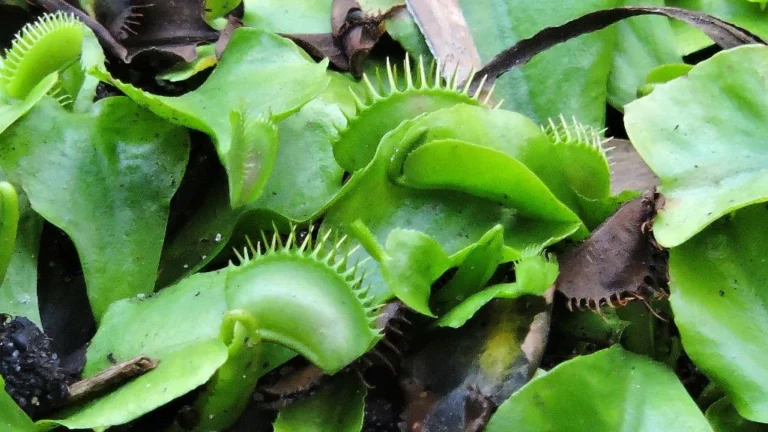
How to Recognize a Dormant Venus Flytrap
For new growers, it’s easy to mistake a dormant Venus flytrap for a dead one since both can look quite different from a healthy, active plant. Here’s how you can tell the difference:
Signs of a Dormant Venus Flytrap
-
Slow Growth
During dormancy, the plant’s growth slows down significantly. New leaves and traps will grow smaller and closer to the base. -
Blackened Traps
It’s normal for older traps to turn black and die off. This doesn’t mean the plant is dead, it’s just shedding old growth to conserve energy. -
Compact Appearance
The plant will appear smaller and more compact, with leaves forming a tight rosette close to the soil. -
Healthy Rhizome
The rhizome, which is the bulb-like base of the plant, remains white and firm during dormancy
Signs of a Dead Venus Flytrap
-
Completely Brown or Mushy Plant
If the entire plant, including the rhizome, turns brown or becomes mushy, it’s likely dead -
Soft Rhizome
A dead Venus flytrap will have a mushy, brown, or rotting rhizome when inspected.
How to Check if It’s Dormant or Dead
If you’re unsure, gently dig up the plant and inspect the rhizome. If it’s firm and white, your plant is alive and simply dormant. If it’s soft and brown, the plant has likely died.
How to Care for a Dormant Venus Flytrap
Proper care during dormancy ensures the plant survives and thrives when it comes out of dormancy in spring. Here’s what you need to do:
-
Adjust Watering
During dormancy, water your Venus flytrap sparingly. Keep the soil slightly damp but never soggy, as overwatering can lead to root rot. At the same time, avoid letting the soil dry out completely, as this can harm the plant. Monitor the moisture level regularly to ensure the plant stays hydrated without excess water. -
Avoid Feeding
During dormancy, Venus flytraps don’t need feeding because they aren’t actively growing or catching prey. Their energy requirements are minimal during this resting phase, so there’s no need to provide insects or other food.
Are you anxious about overfeeding your venus flytrap? Know it. Can You Overfeed a Venus Flytrap? Expert Tips for Proper Feeding
How to Bring a Venus Flytrap Out of Dormancy
As temperatures rise and daylight hours increase in spring, your Venus flytrap will naturally come out of dormancy. Gradually move the plant to a warmer and brighter location, increase watering frequency, and resume feeding as new growth appears. You’ll notice the traps growing larger and more vibrant as the plant transitions to its active growth phase.
Do Venus Flytraps Go Dormant Indoors?
Yes, even Venus flytraps grown indoors need a dormant period.
You can simulate dormancy by lowering temperatures and reducing light exposure in the fall and winter months. Without this rest phase, the plant may weaken and fail to thrive.
Related content Why Sphagnum Moss is the Best Soil for Your Venus Flytrap?
Understanding the difference between a dormant Venus flytrap and a dead one is crucial for successful care. Dormancy may seem alarming at first, but it’s a natural and essential process for the plant’s health. By providing the right conditions during dormancy and gradually bringing your flytrap out of dormancy in spring, you’ll enjoy a thriving, bug-catching plant for years to come.
Frequently Asked Questions
When Do Venus Flytraps Come Out of Dormancy?
Venus flytraps typically come out of dormancy in early spring as temperatures warm up and daylight hours increase.
How to Tell if a Venus Flytrap is Dead or Dormant?
Check the rhizome. A firm, white rhizome indicates dormancy, while a brown, mushy rhizome signals the plant is dead.


